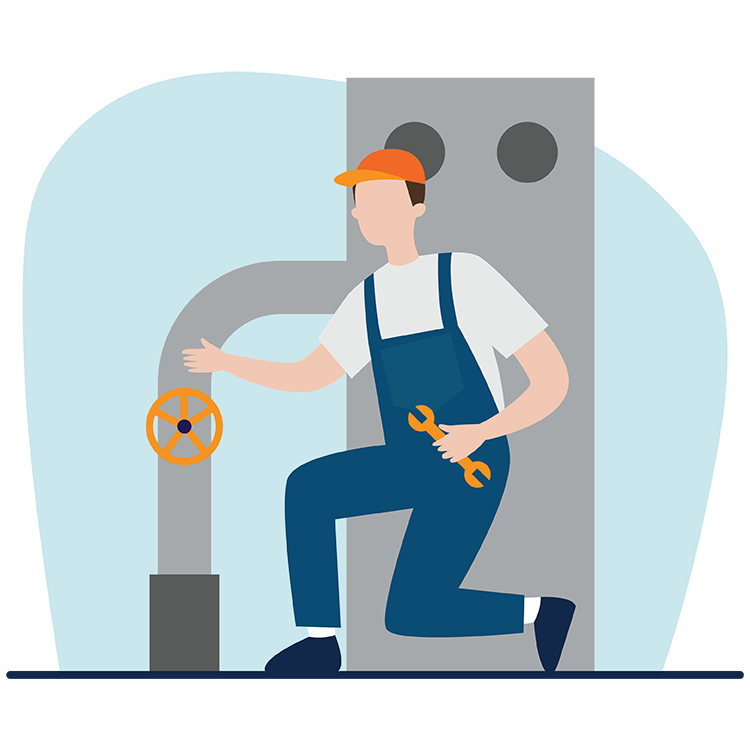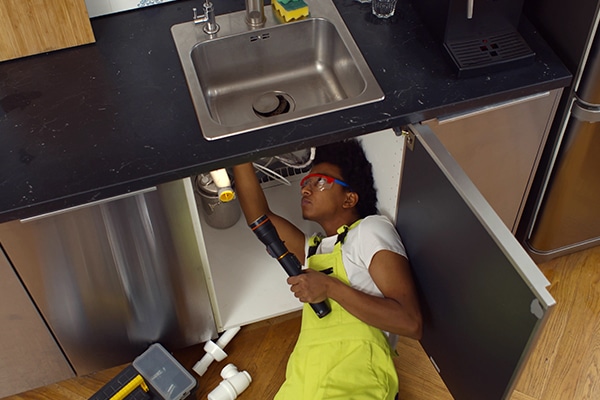Trustworthy Plumber Alabaster AL for All Your Emergency Needs
Trustworthy Plumber Alabaster AL for All Your Emergency Needs
Blog Article
A Detailed Guide to Reliable Water Heating System Setup for Ideal Performance
Starting the task of mounting a hot water heater is a venture that requires accuracy and a methodical approach for achieving ideal efficiency. The procedure begins with the important choice of selecting the appropriate heater tailored to the particular demands of your family, thinking about variables such as dimension, energy, and kind resource. Once chosen, preparing the installation area to satisfy safety requirements is paramount. The trip doesn't finish right here. As you continue, the ins and outs of attaching water lines and setting up reputable electric or gas links wait for, encouraging insights into ensuring effectiveness and reliability.
Picking the Right Hot Water Heater

Following, take into consideration the dimension and capacity of the water heater. It's vital to examine your house's hot water demands, which can differ based upon the variety of occupants and their use patterns. A system that's also tiny might bring about inadequate warm water, while an oversized model may lead to unneeded power intake.
Performance rankings additionally play a critical role in selection. Search for water heaters with high Energy Element (EF) scores, showing premium efficiency and lowered power usage. Tankless versions, though generally much more costly upfront, offer considerable energy cost savings gradually as a result of their on-demand heating capacities.
Preparing the Installment Location
Prior to setting up a brand-new water heating system, meticulous prep work of the installment area is essential. It's essential to measure the area carefully to accommodate the water heating unit's measurements, making sure ample clearance around the system for reliable operation and servicing.
Following, get rid of any type of debris, dirt, or obstructions from the website to create a tidy atmosphere. Inspect the floor for security, as the hot water heater will require a strong, level surface to run efficiently. If needed, set up a drip frying pan under the device to capture possible leaks or spills, preventing water damages to the surrounding location. In regions vulnerable to seismic activity, think about installing seismic bands to protect the heating unit strongly in position.
In addition, guarantee that all needed tools and products are on hand before beginning the setup. This consists of things such as wrenches, screwdrivers, a degree, and any type of additional equipment needed for placing and protecting the heater. A well-prepared setup location establishes the foundation for a successful hot water heater arrangement, enhancing efficiency and safety and security.
Connecting Supply Of Water Lines
When attaching water lines to your freshly installed water heating unit, it is essential to make sure that all links are leak-free and protected to maintain effective operation and avoid water damages. Begin by identifying the cool and hot water supply lines. The chilly water inlet is commonly noted with a blue tag or a "C", while the hot water electrical outlet is marked with a red tag or an "H".
Usage flexible hot water heater connectors to promote a much easier installment procedure. These connectors can soak up resonance and enable small motion, decreasing the danger of leaks. Before affixing the adapters, place a plumbing's tape around the threaded ends of the water heating unit's inlet and outlet pipelines - Water Heater installation Alabaster AL. This tape works as a sealant, avoiding leakages. Carefully attach the adaptable tubes to the respective inlet and electrical outlet, making certain that they are not over-tightened but tight, which could harm the strings.
As soon as connections remain in place, gradually transform on the primary water supply valve. Inspect each link for leaks by aesthetically inspecting and feeling for dampness. Tighten links as necessary, and ensure the pressure alleviation shutoff is correctly mounted, guarding against excessive stress accumulation.
Setting Up Electrical or Gas Connections
Correctly establishing the electric or gas connections for your hot water heater is a vital step to make sure efficient and risk-free operation. For electric hot water heater, start by confirming that the electrical circuit is compatible with the heating unit's voltage and amperage requirements. Make sure the power supply is shut off at the breaker to avoid accidents. Link the electrical cords to the heating unit adhering to the supplier's electrical wiring representation. Typically, this entails connecting the ground wire to the green terminal, and the continuing to be cables to their matching terminals, safeguarding each with wire nuts.
For gas water heating systems, safety and security is paramount. Attach the gas line to the water heater making use of a versatile gas adapter, ensuring it is appropriately threaded and sealed with company website pipe joint substance or Teflon tape appropriate for gas connections.
Once links are made, check for any prospective leaks. For gas lines, use a soapy water option to the joints; bubbles suggest a leakage. For electrical links, ascertain that all circuitry is protected and properly protected, maintaining compliance with neighborhood electric codes.
Evaluating and Changing for Performance
With the electrical and gas links firmly in place, the next step is evaluating the operational performance of your water heater. Begin by very carefully transforming on the water supply and making certain there are no leaks at any of the joints or valves.
Next, carry out a detailed inspection to make certain the home heating components or burner are functioning correctly. For electric heating units, make use of a multimeter to validate if the components are attracting the proper present. In gas models, observe the heater flame; it needs to be steady and blue, indicating effective burning.
Change the setups as necessary to get rid of inadequacies. Take into consideration implementing insulation steps, such as including a water heater blanket, to additionally boost performance by reducing warmth loss. Furthermore, inspect the anode rod's problem, as a shabby pole can decrease efficiency and lead to tank corrosion.
Final Thought
Efficient water heater setup is vital for ensuring ideal performance and energy savings. Securely linking my site water supply lines and carefully setting up electric or gas links minimize possible concerns.

Appropriately establishing up the electric or gas links for your water heater is a vital step to make certain effective and risk-free operation. For electrical water heaters, start by verifying that the electrical circuit is suitable with the heater's voltage and amperage requirements. Connect the gas line to the water heater making use of a flexible gas adapter, guaranteeing it is properly threaded and secured with pipeline joint compound or Teflon tape appropriate for gas connections.
Report this page